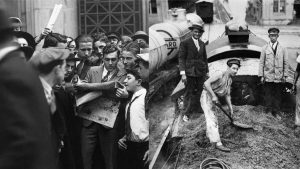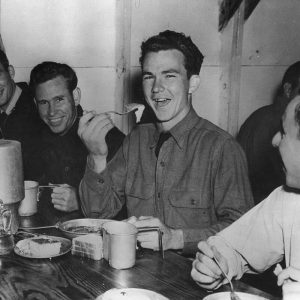Forgotten fashions of the 1960s
Welcome to a time when fashion was as vibrant as the music playing on the radio. The 1960s was a decade of radical change and bold experimentation, where clothing became a canvas for expressing individuality and rebellion. As we explore the world of ’60s fashion, you’ll discover the trends that not only defined a decade but also left a lasting impact on style forever. So, dust off your vinyl records and let’s take a colorful trip back in time.
The Mini Skirt Revolution: More Than Just a Statement
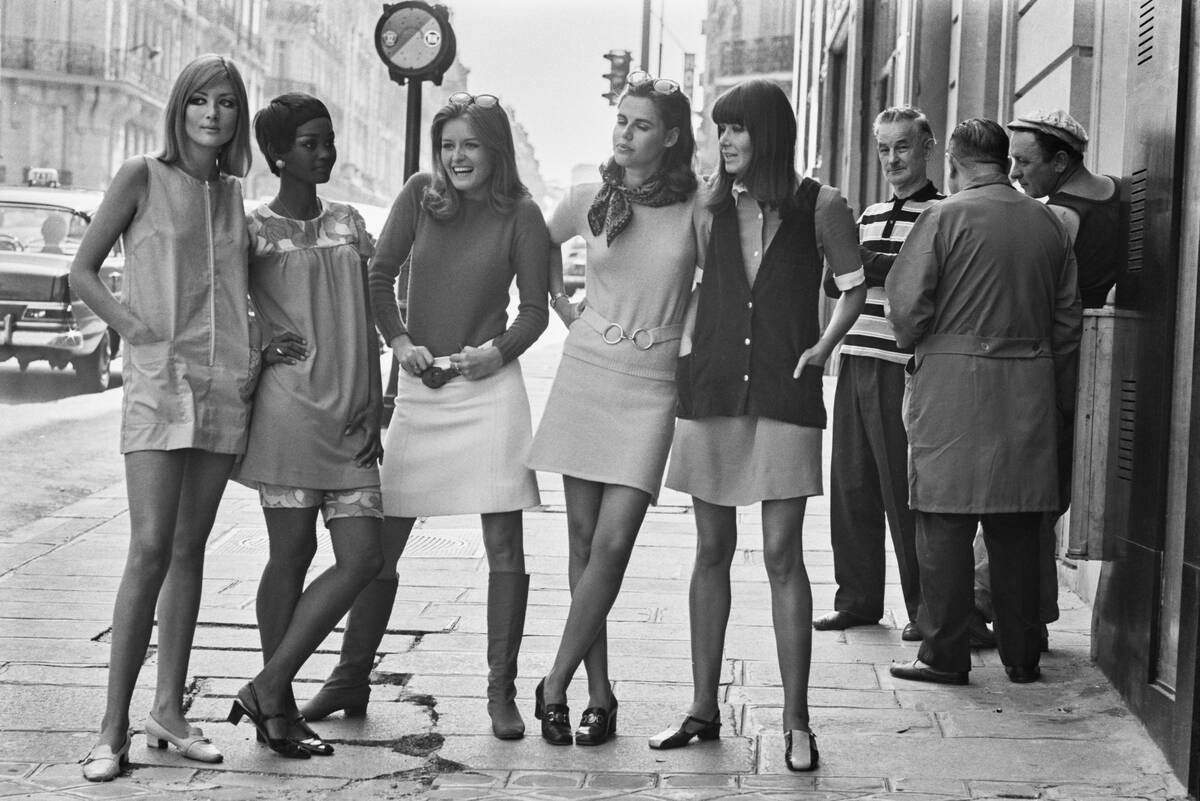
The mini skirt, a daring creation by Mary Quant, became a symbol of liberation and youthful rebellion in the ’60s. It challenged traditional norms by showing off legs and making a strong statement about women’s rights to choose their clothing. The mini skirt’s popularity soared, capturing the spirit of the Swinging Sixties and becoming an essential part of any fashion-forward wardrobe. Its influence can still be seen in modern fashion, proving that great style knows no bounds.
Psychedelic Patterns: When Colors Went Wild
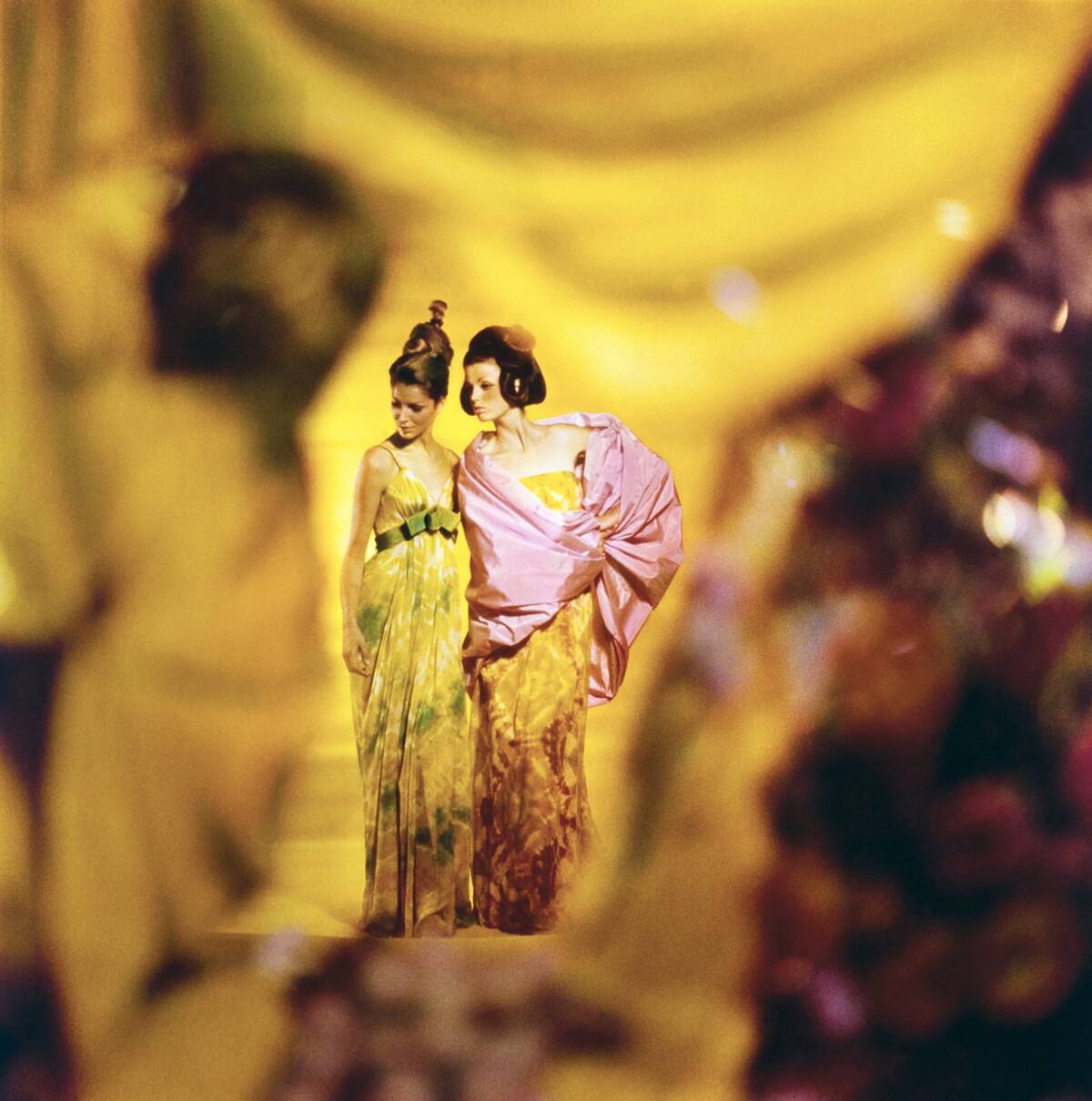
Psychedelic patterns took fashion to a new level of vividness and creativity. These swirling, kaleidoscopic designs were inspired by the psychedelic art movement and mirrored the era’s embrace of free expression. Clothes became canvases for bold colors and intricate patterns, often seen in the form of dresses, shirts, and even accessories. Designers like Emilio Pucci led the charge, creating visually stunning pieces that were as much about art as they were about fashion.
Go-Go Boots: Walking in Style and Comfort
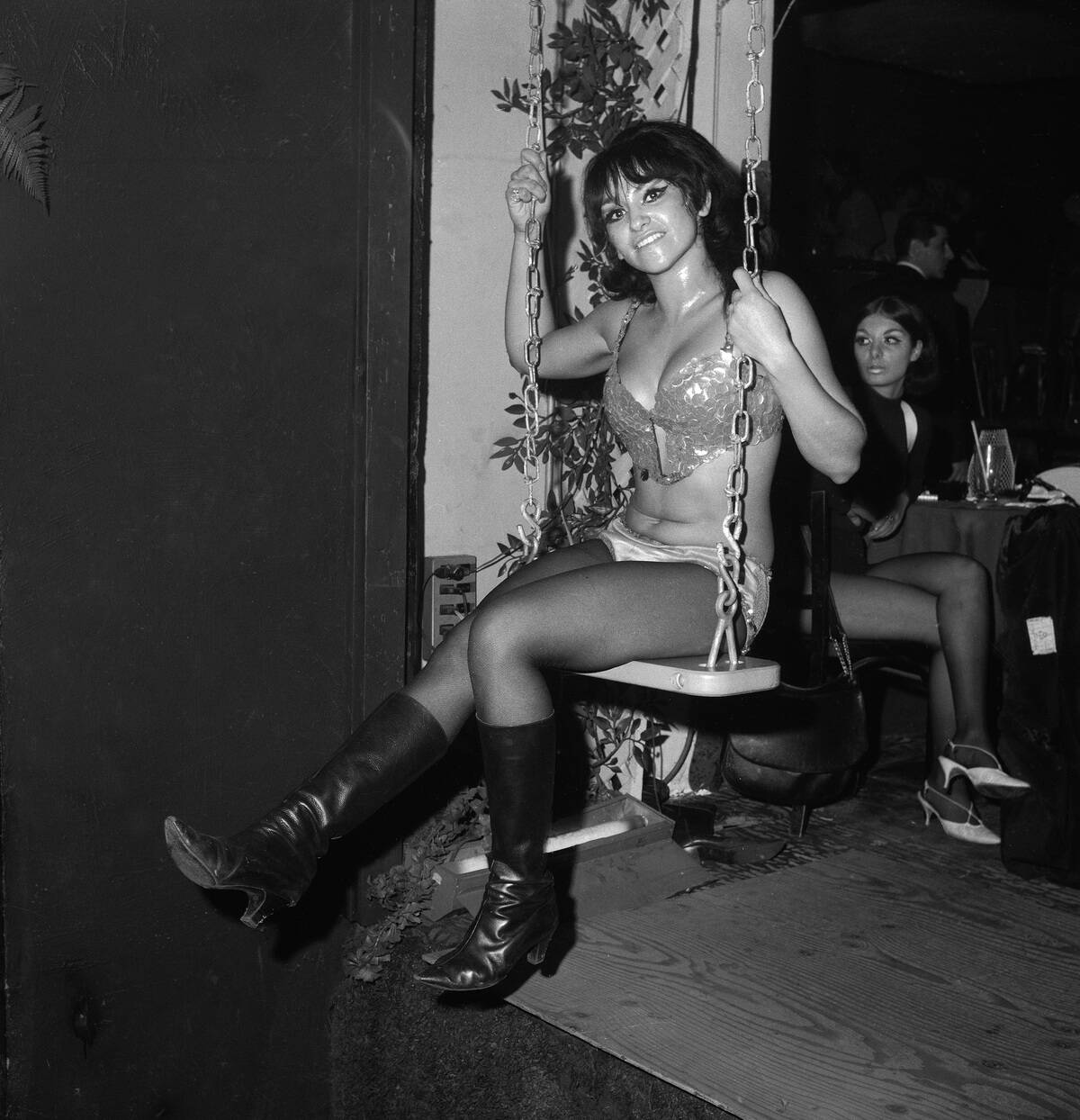
Go-go boots were more than just footwear; they were a statement of confidence and style. Rising to popularity in the mid-1960s, these knee-high boots were often made of shiny patent leather and featured low heels for easy dancing. Pioneered by designer André Courrèges, go-go boots were the perfect complement to mini skirts and shift dresses, allowing women to step out in both comfort and flair. Their legacy lives on, inspiring modern boot designs.
Mod Fashion: Bold, Bright, and Oh-So Chic
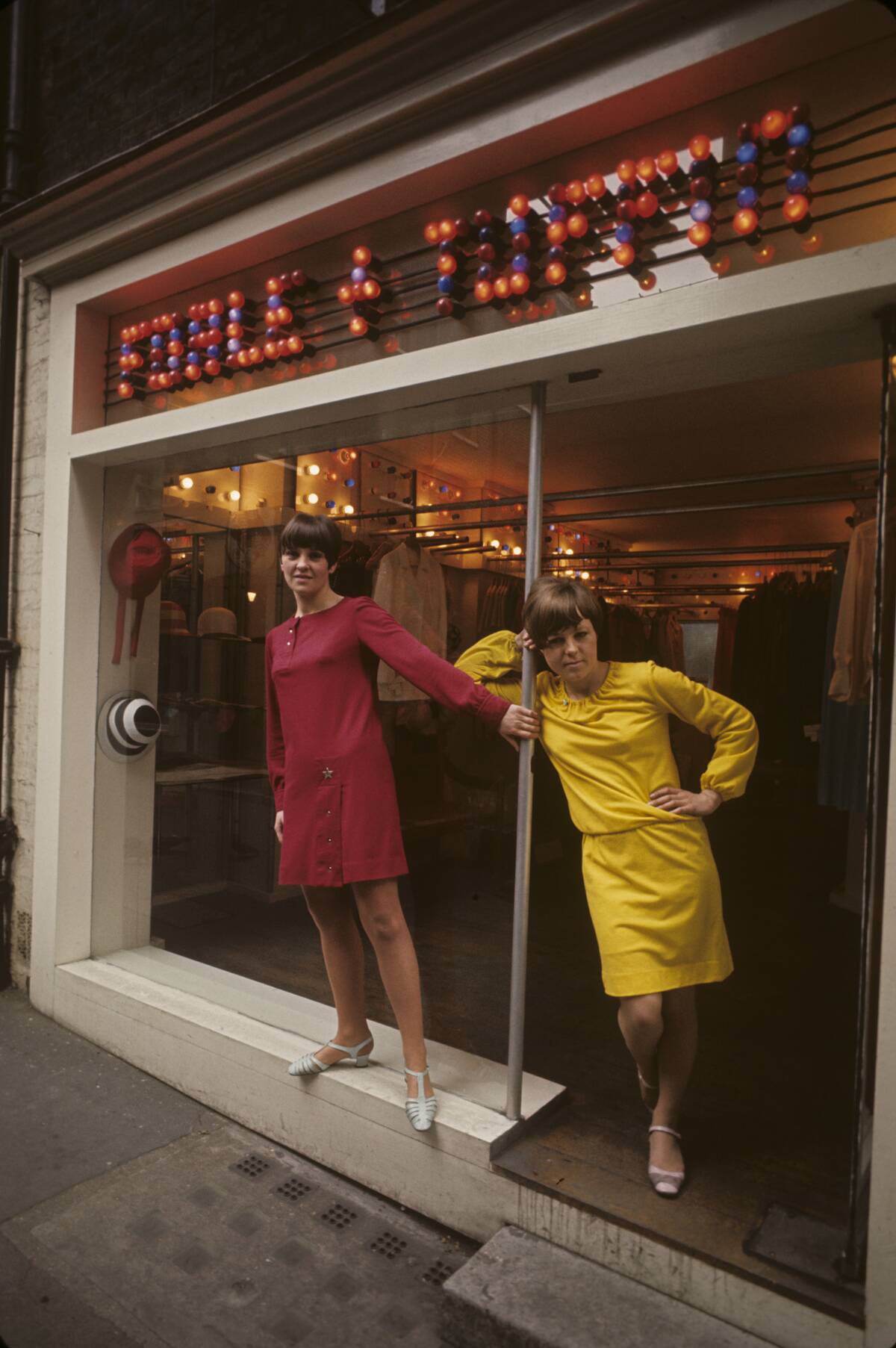
Mod fashion, short for ‘modernist,’ was all about clean lines, bold colors, and geometric shapes. This style emerged from London’s youth culture, with designers like Mary Quant and Pierre Cardin leading the way. Mod fashion was characterized by its simplicity and its embrace of futuristic elements. The iconic look often included A-line dresses, color-blocking, and sharp tailoring. It was a movement that celebrated youth culture and the spirit of innovation.
The Rise of Unisex Clothing: Breaking Gender Norms
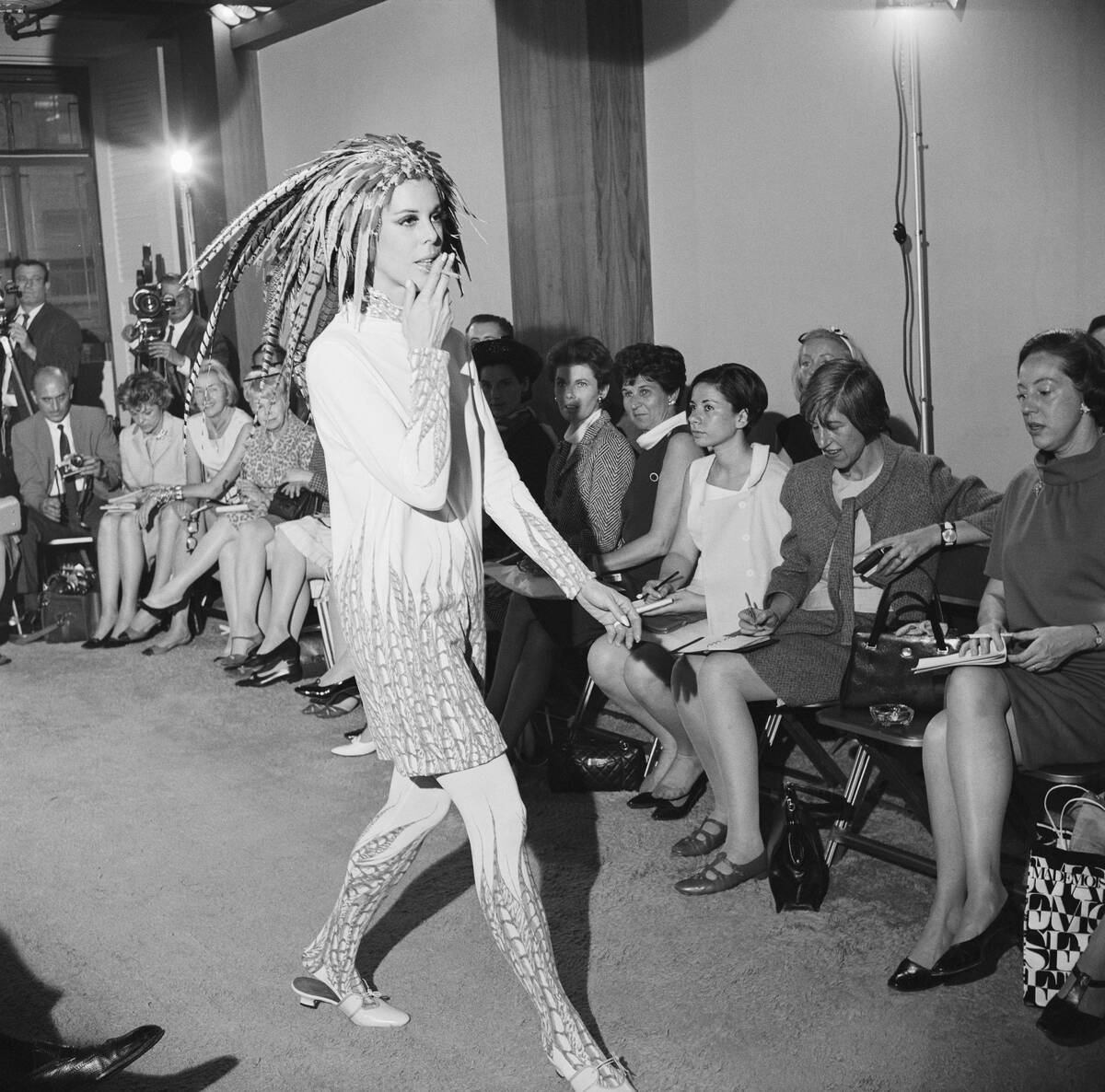
The 1960s saw the rise of unisex clothing, which blurred the lines between traditional gender-specific fashion. Designers like Rudi Gernreich and Pierre Cardin challenged the norms by creating clothing that could be worn by any gender. Turtlenecks, tailored trousers, and boxy jackets became staples in both men’s and women’s wardrobes. This movement was a reflection of the growing demand for gender equality and the desire to break free from societal constraints.
Space Age Fashion: Outfits That Were Out of This World
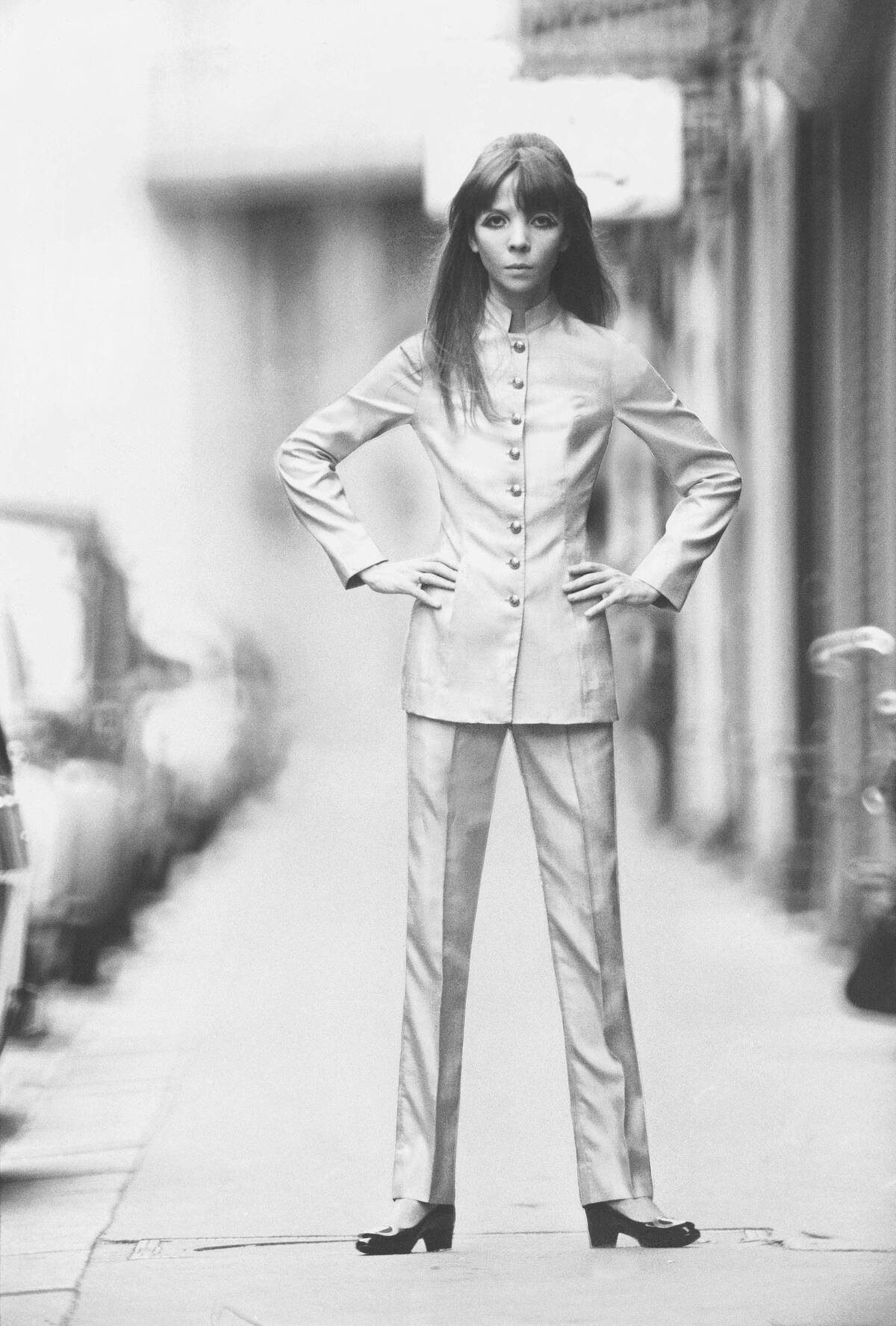
Inspired by the space race and futuristic visions, space age fashion took the 1960s by storm. Designers like André Courrèges and Paco Rabanne pushed the boundaries with metallic fabrics, sleek silhouettes, and bold accessories. These avant-garde creations often featured materials like PVC and metal, creating a look that was both modern and otherworldly. Space age fashion captured the excitement of the era’s technological advancements and still influences sci-fi inspired styles today.
The Hippie Influence: From Headbands to Bell-Bottoms
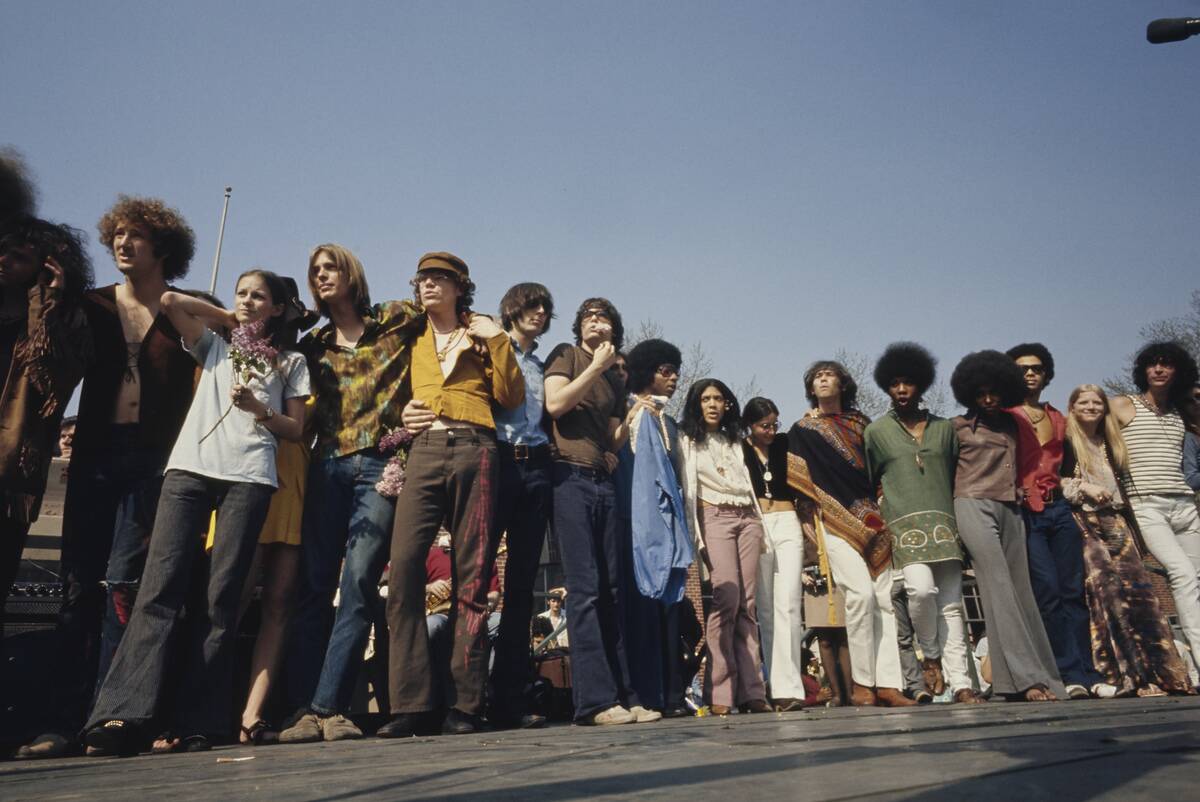
The hippie movement brought a laid-back and free-spirited vibe to ’60s fashion. Known for its eclectic mix of styles, this trend embraced natural fabrics, ethnic prints, and handcrafted accessories. Bell-bottoms, tie-dye shirts, and fringed vests became iconic symbols of the counterculture movement. Headbands and long flowing hair completed the look, embodying the peace and love ethos of the time. The hippie influence continues to resonate in bohemian fashion today.
Pop Art in Fashion: When Andy Warhol Met the Wardrobe
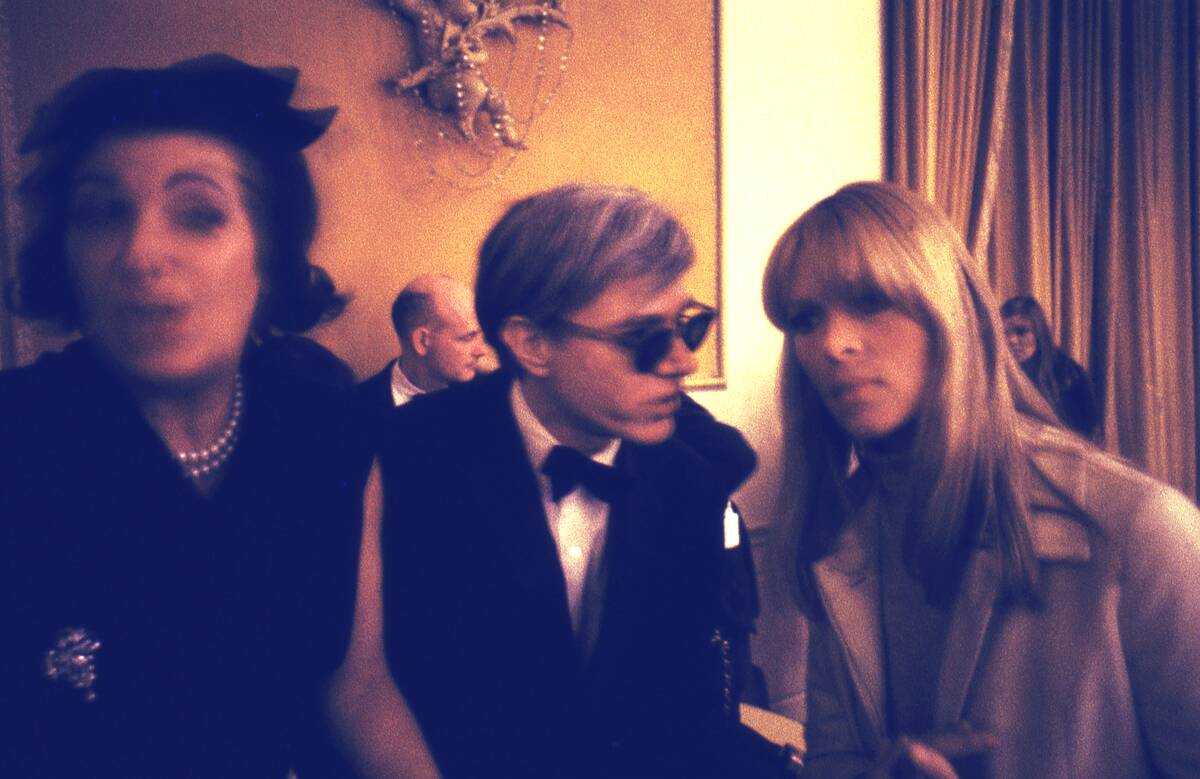
Pop art made its mark on fashion with bold prints and eye-catching designs. Artists like Andy Warhol and Roy Lichtenstein inspired designers to incorporate vibrant, graphic elements into clothing. Dresses and accessories featuring comic book motifs, iconic images, and bright primary colors became popular. This fusion of art and fashion blurred the boundaries between high and low culture, making style accessible and fun. The legacy of pop art can still be seen in today’s fashion world.
The Forgotten Appeal of the Shift Dress
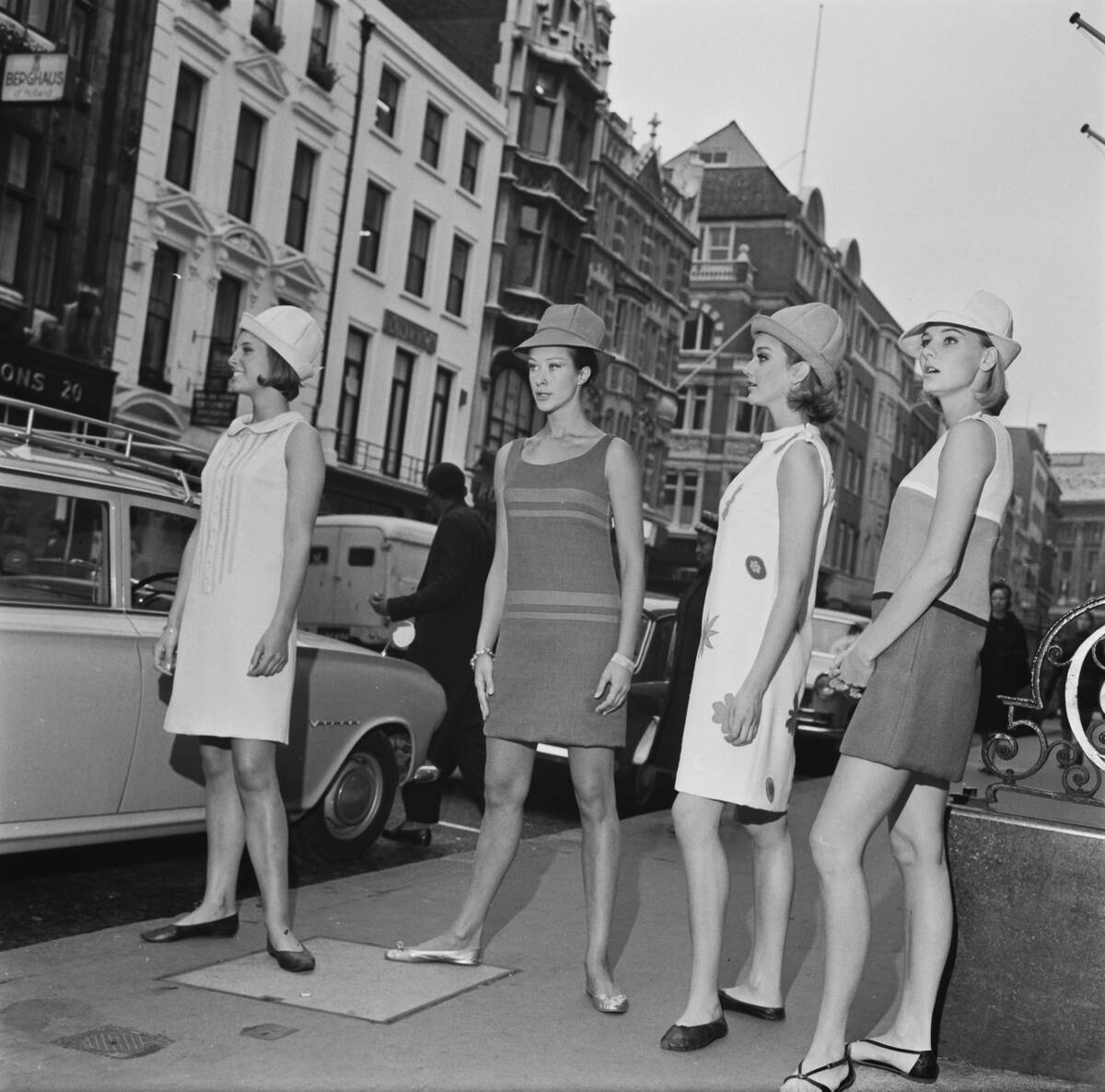
The shift dress, with its simple and versatile silhouette, was a staple of ’60s fashion. Popularized by designers like Hubert de Givenchy and Lilly Pulitzer, this dress was known for its loose fit and lack of a defined waistline. It provided women with comfort and ease of movement while maintaining a chic appearance. The shift dress was perfect for showcasing bold patterns and vibrant colors, making it a favorite among fashion-forward individuals of the era.
Vintage Vinyl: The Fashionable World of PVC Clothing
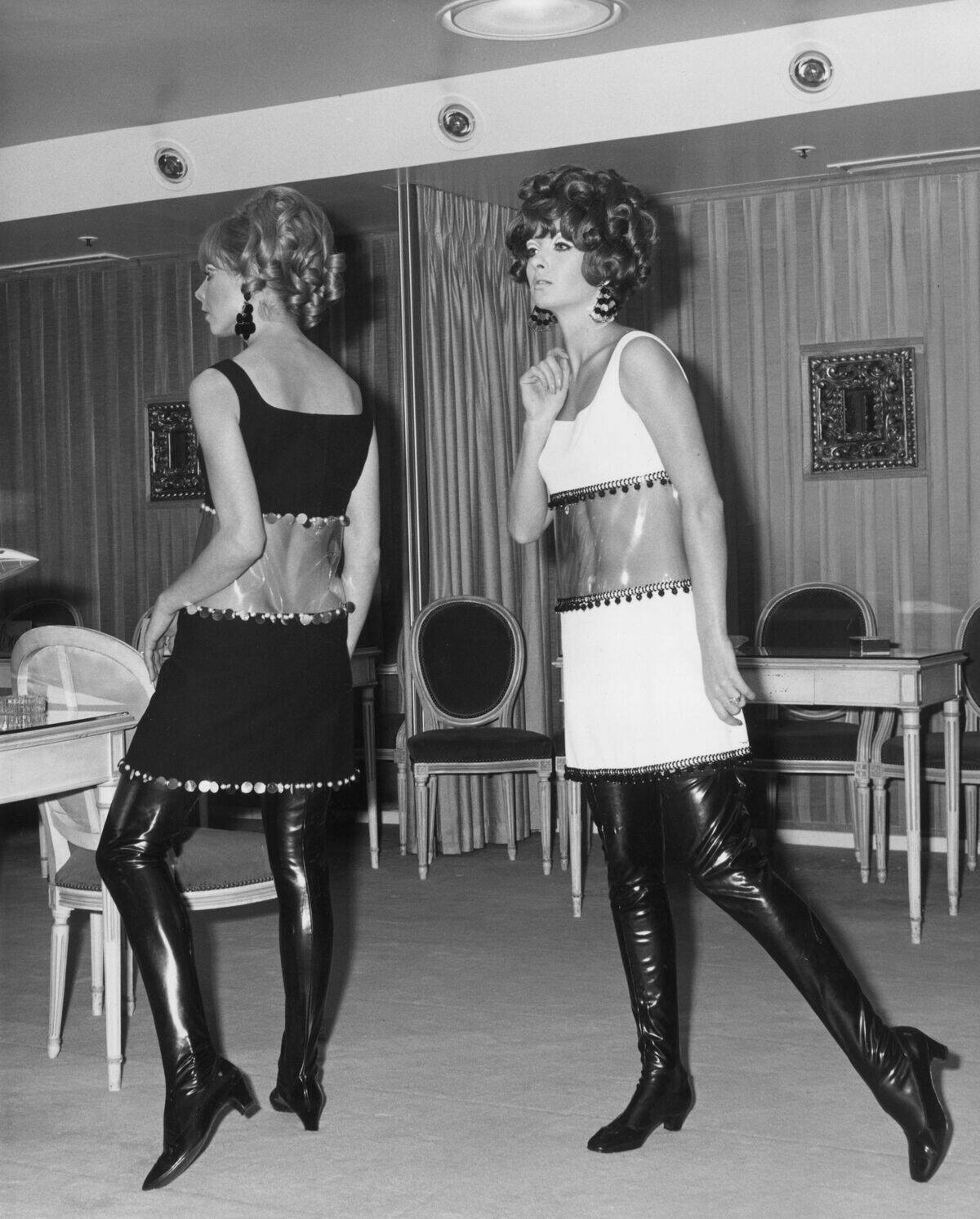
PVC clothing, often referred to as ‘vinyl,’ became a fashion sensation in the 1960s. This shiny, waterproof material was used to create everything from raincoats to mini skirts. Designers like Mary Quant embraced PVC for its futuristic appeal and versatility. The sleek, glossy finish of vinyl garments made them stand out and added a modern edge to any outfit. Today, PVC remains a popular choice for those seeking to make a bold fashion statement.
Beatnik Style: The Cool and Casual Looks of the Coffeehouse Set
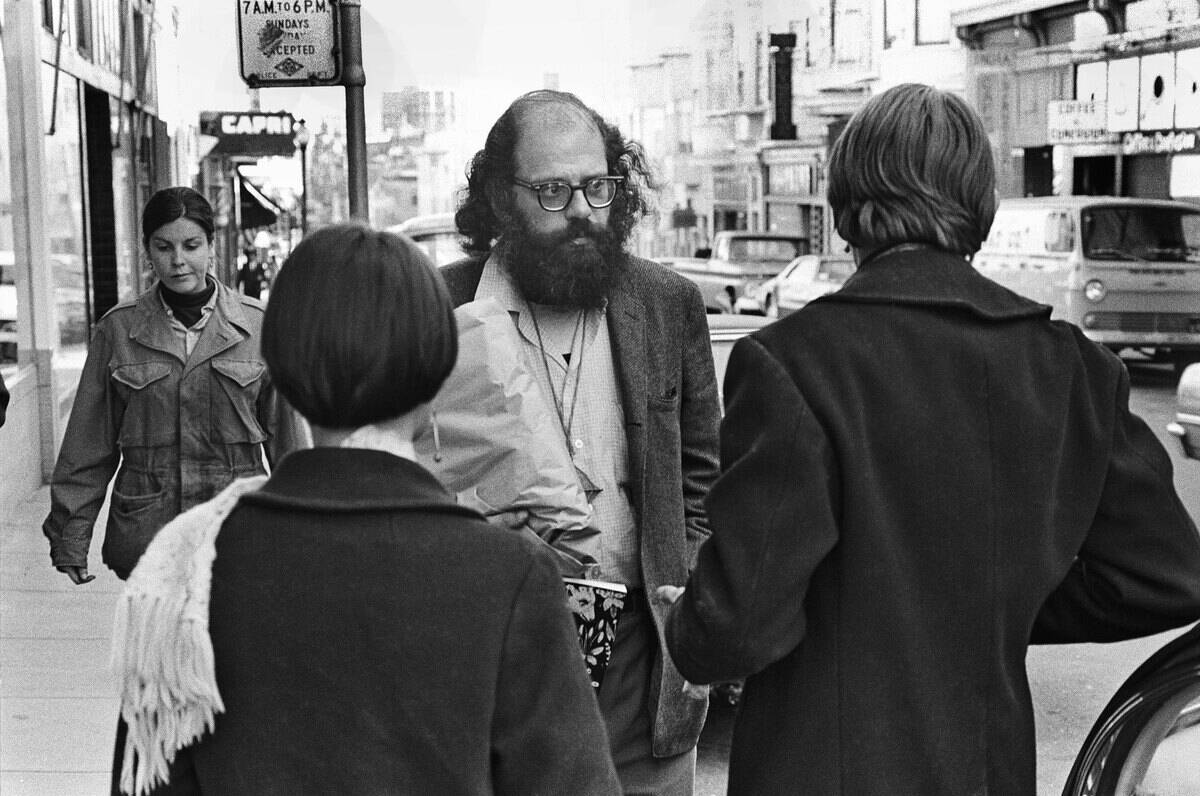
Beatnik style emerged as a fashion trend rooted in the bohemian and artistic communities of the 1950s and ’60s. This look was characterized by its relaxed and effortless vibe, often featuring black turtlenecks, berets, and skinny jeans. The beatnik aesthetic was heavily influenced by jazz music and poetry, reflecting a sense of intellectual rebellion. The style’s minimalist and monochrome palette remains a timeless choice for those who appreciate understated elegance.
Flower Power: Floral Patterns That Bloomed in the Sixties
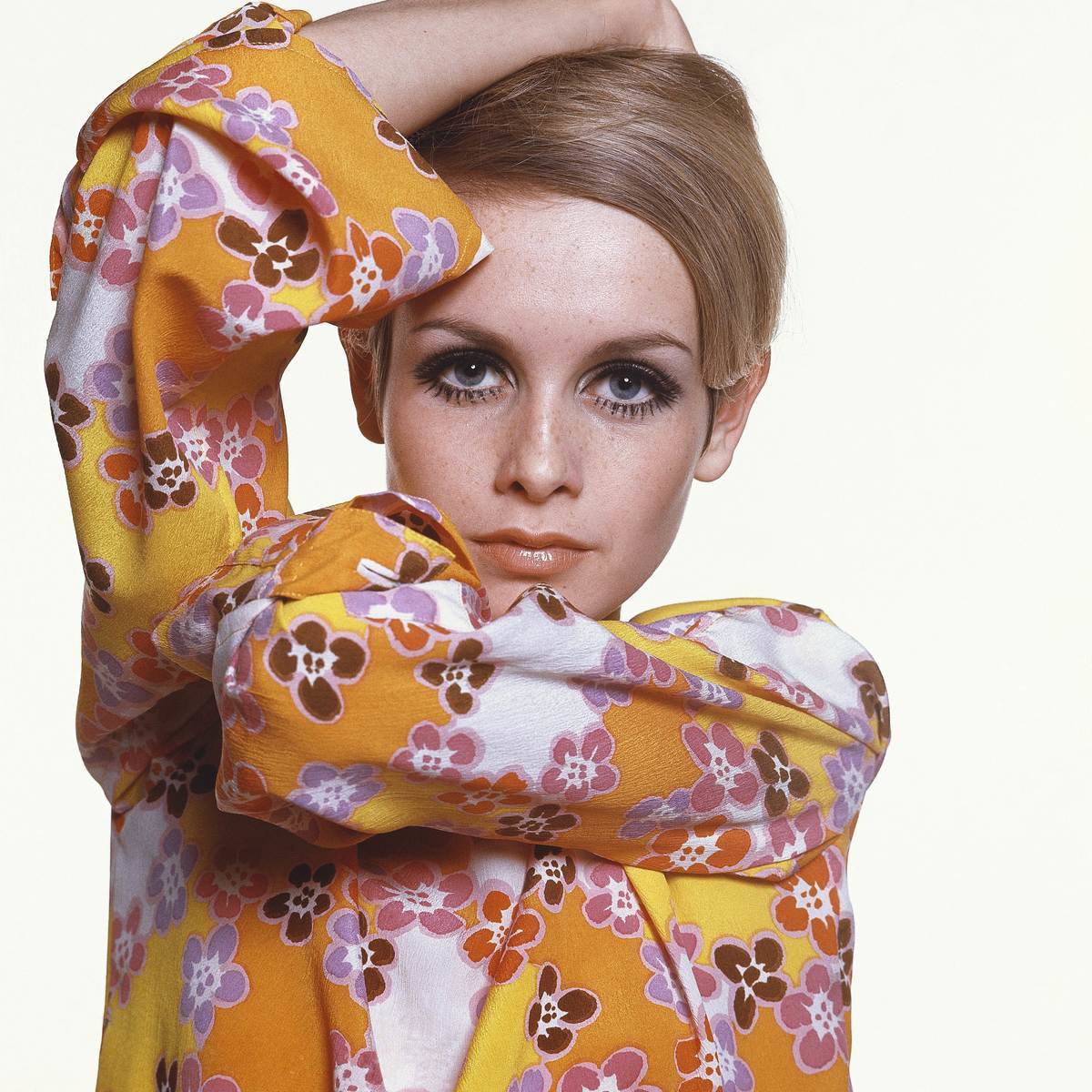
Floral patterns flourished in the 1960s, becoming a symbol of peace and love. These vibrant prints adorned everything from dresses to accessories, capturing the essence of the Flower Power movement. Designers embraced the beauty of nature, incorporating bold and colorful blooms into their creations. The popularity of floral patterns reflected the era’s optimism and desire for harmony. Today, floral prints continue to bloom in fashion, offering a touch of whimsy and nostalgia.
Statement Accessories: Oversized Sunglasses and Chunky Jewelry
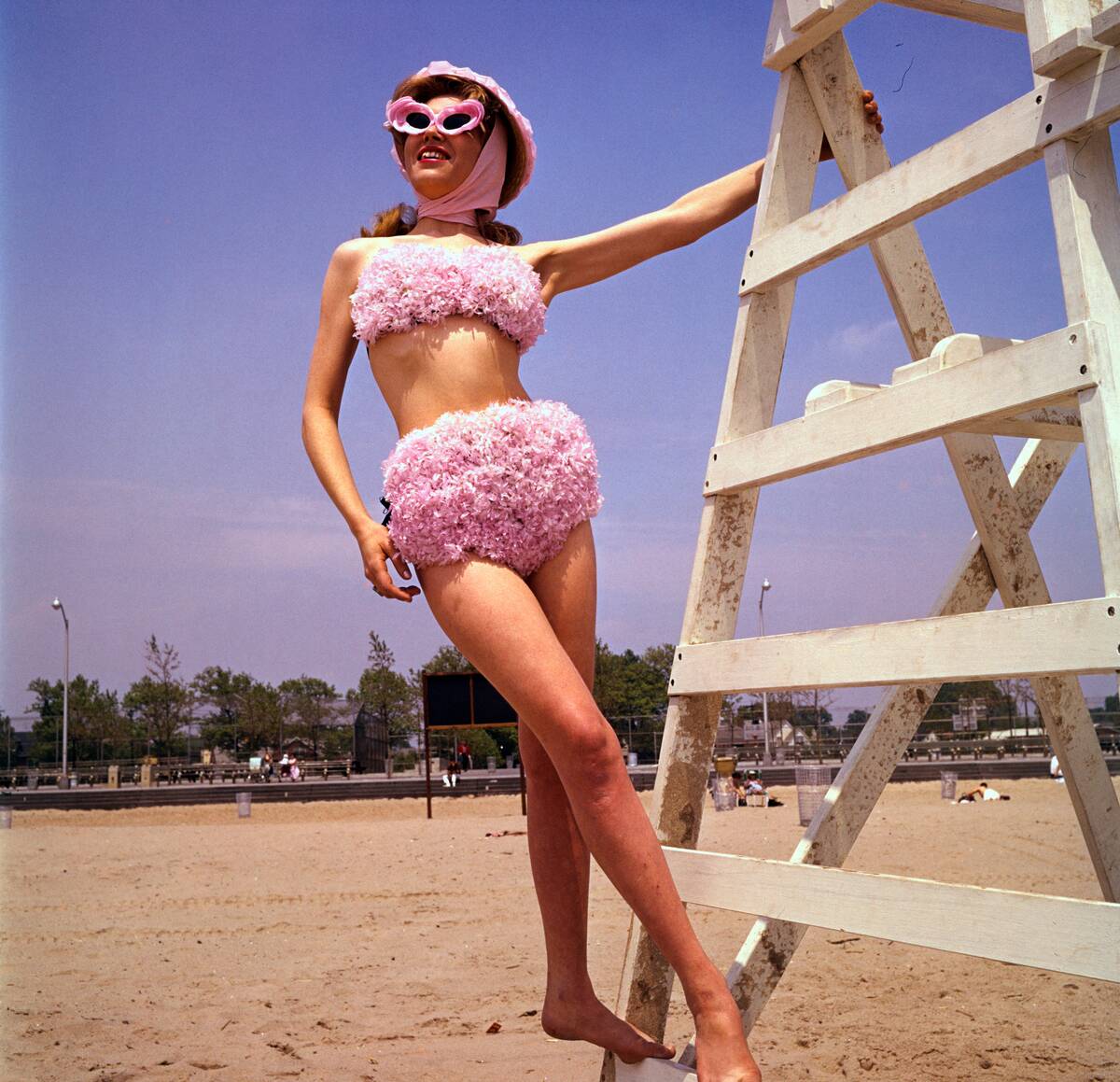
Accessories in the 1960s were all about making a statement. Oversized sunglasses, often with bold frames and tinted lenses, became a must-have for the fashion-forward. Chunky jewelry, including large hoop earrings and wide bangles, added an extra layer of flair to any outfit. These accessories were not just about style; they were a form of self-expression and individuality. The trend of statement accessories continues to thrive, adding personality to modern wardrobes.
The Cape Craze: A Superhero Style for Everyday Wear
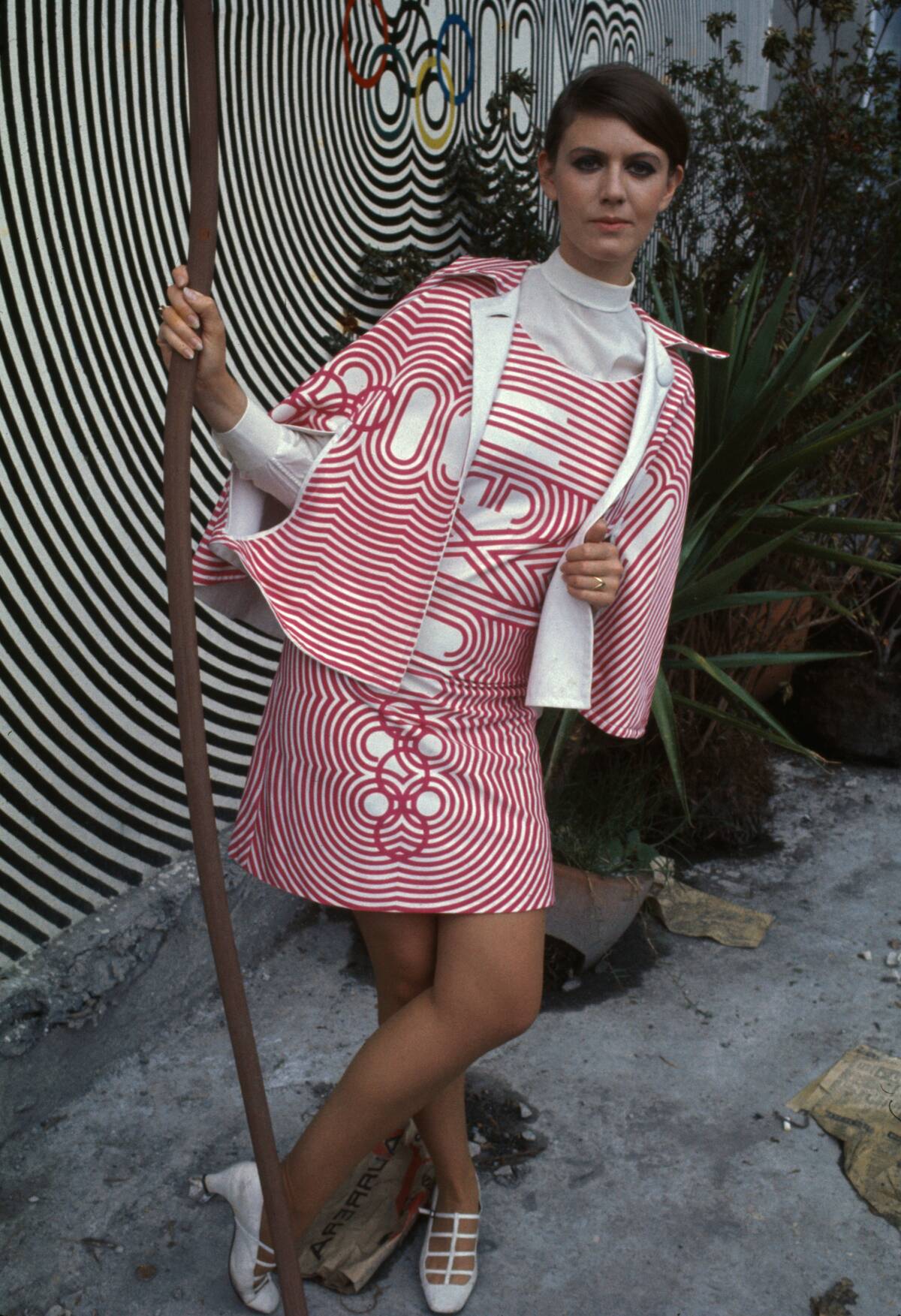
Capes made a fashionable comeback in the 1960s, adding drama and flair to everyday outfits. Inspired by superhero comics and historical garments, capes were embraced by designers like Yves Saint Laurent and Pierre Cardin. These versatile pieces were often crafted from luxurious fabrics and featured bold colors or patterns. Capes offered a unique alternative to traditional outerwear, making a statement of elegance and sophistication. Today, capes remain a stylish choice for those looking to stand out.
The Return of the Edwardian: A Nod to Nostalgia
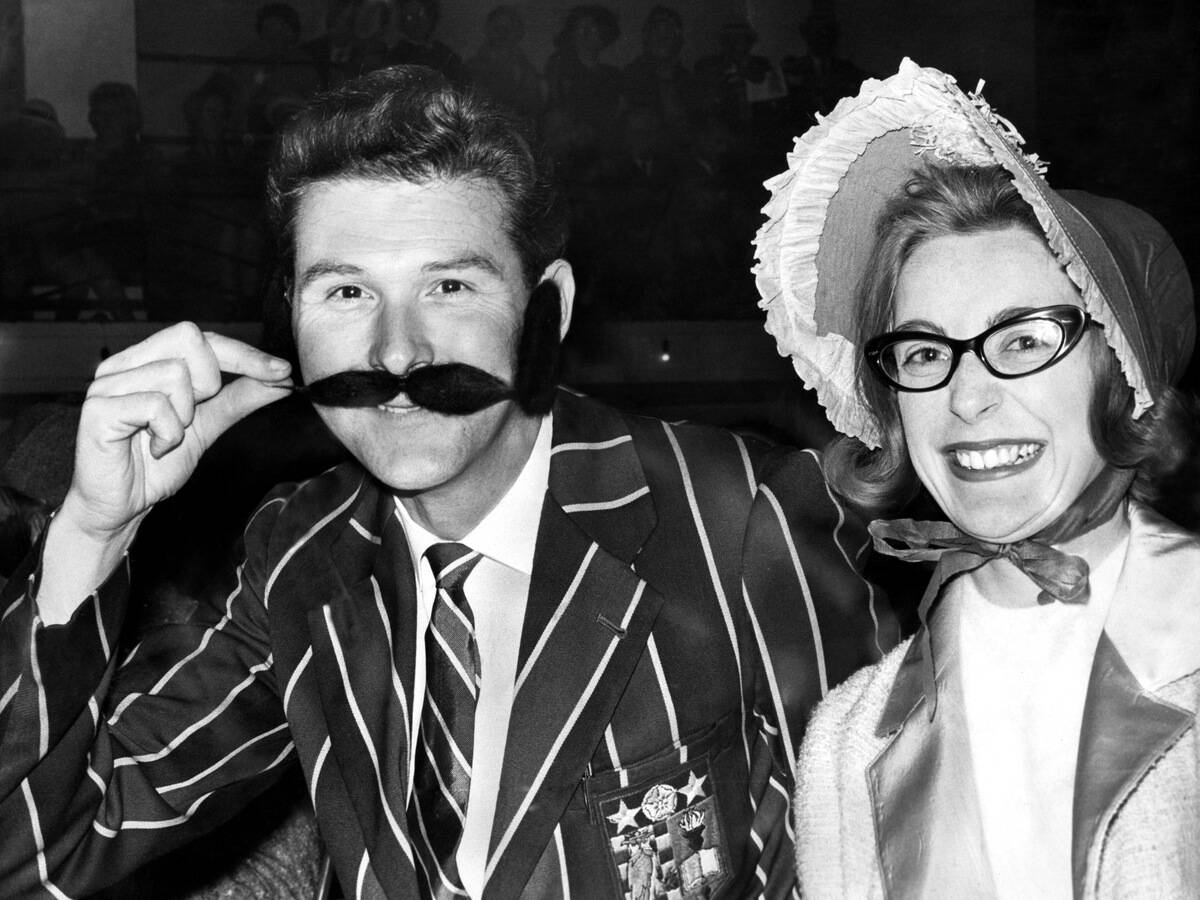
The 1960s saw a revival of Edwardian fashion, characterized by high necklines, lace detailing, and long skirts. This nostalgic trend was a nod to the early 20th century, offering a romantic and refined look. Designers like Biba and Ossie Clark incorporated Edwardian elements into their collections, creating timeless pieces with a modern twist. The return of this style reflected a desire for elegance and tradition, balancing the decade’s more avant-garde trends.
The Trouser Suit: Empowerment Through Fashion
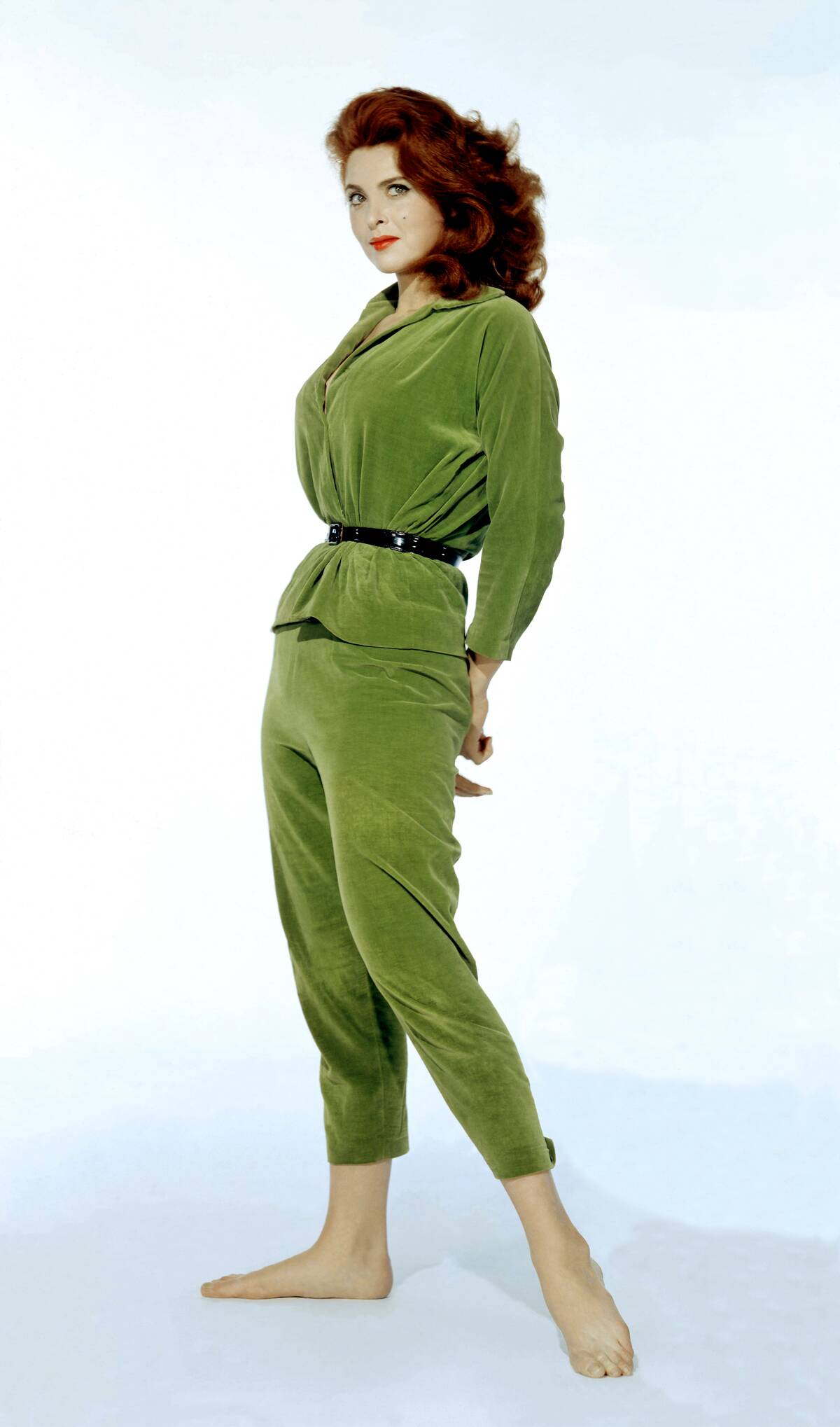
The trouser suit emerged as a powerful symbol of women’s liberation in the 1960s. Designers like Yves Saint Laurent and André Courrèges championed this look, offering women a stylish and practical alternative to traditional dresses. The trouser suit allowed women to embrace a more androgynous style, challenging societal norms and asserting their independence. This versatile ensemble remains a staple in modern fashion, representing empowerment and confidence.
The Decline of the Corset: Embracing Comfort and Freedom
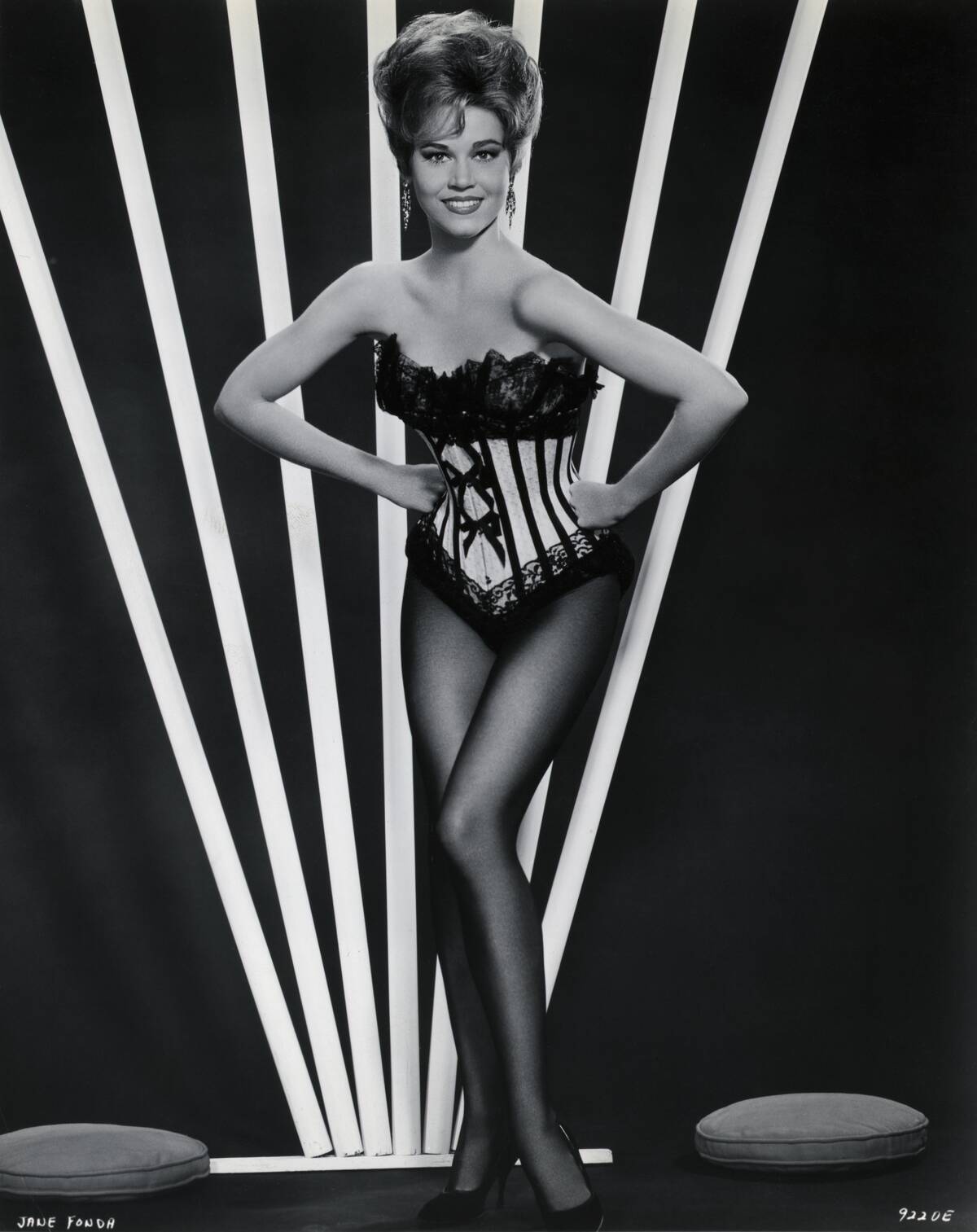
The 1960s marked the decline of the corset, as women began to prioritize comfort and freedom over restrictive undergarments. The shift towards more relaxed silhouettes and natural body shapes reflected a broader cultural movement towards liberation and self-expression. Designers embraced this change, creating clothing that celebrated the body’s natural form. The decline of the corset paved the way for more comfortable and versatile fashion choices, setting the stage for future trends.
Turtlenecks Take Center Stage: A Classic with a Twist
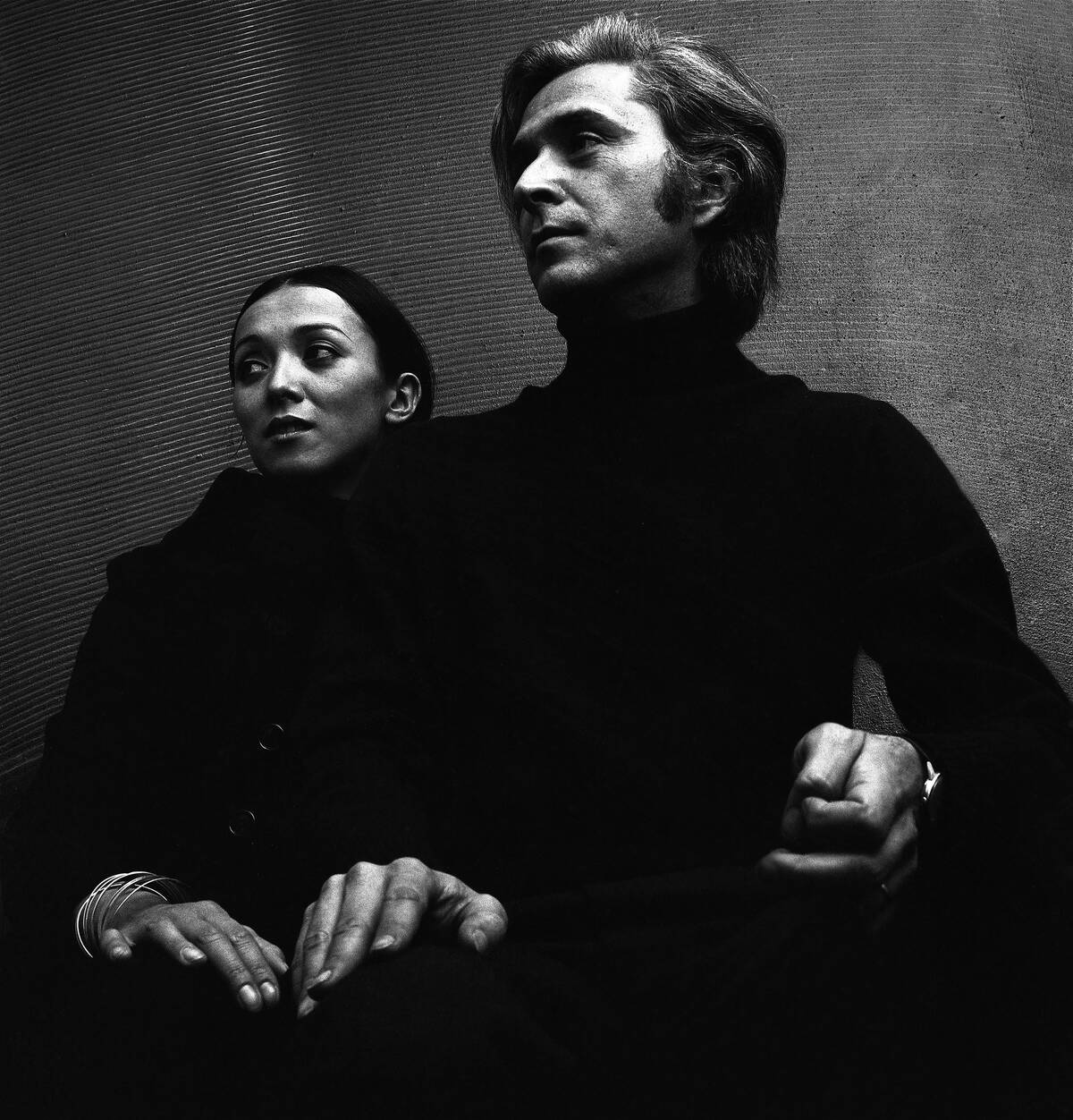
Turtlenecks became a fashion staple in the 1960s, offering a chic and versatile option for both men and women. This classic garment was often worn under jackets or paired with trousers for a sleek, sophisticated look. The turtleneck’s simplicity and elegance made it a favorite among style icons like Audrey Hepburn and Steve McQueen. Today, turtlenecks continue to be a wardrobe essential, providing warmth and style with a nod to retro fashion.
The Influence of Music Icons: From the Beatles to Janis Joplin
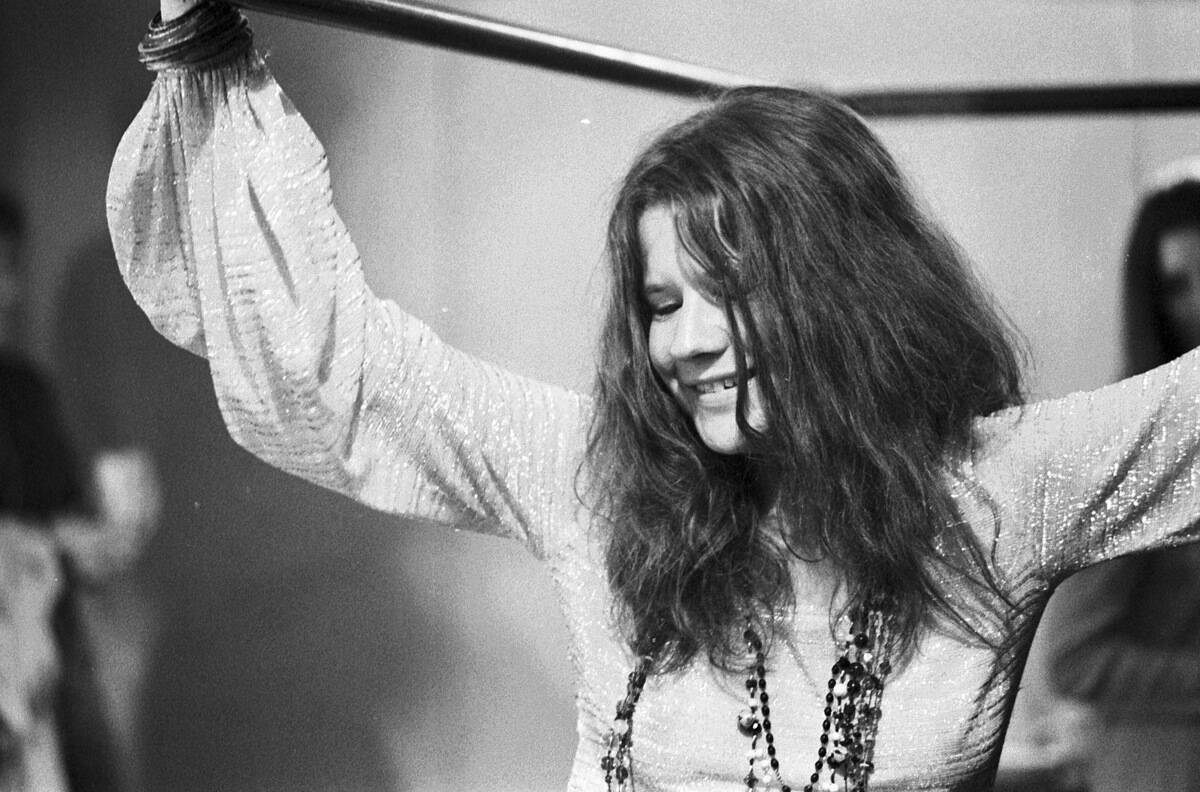
Music icons of the 1960s had a profound impact on fashion, with artists like the Beatles and Janis Joplin setting trends that fans eagerly followed. The Beatles’ tailored suits and mop-top haircuts became synonymous with the British Invasion, while Janis Joplin’s bohemian style inspired a generation of free-spirited fashionistas. These musicians not only shaped the sound of the decade but also influenced the way people dressed, leaving a lasting legacy on pop culture and style.
Leather and Lace: A Fashionable Paradox
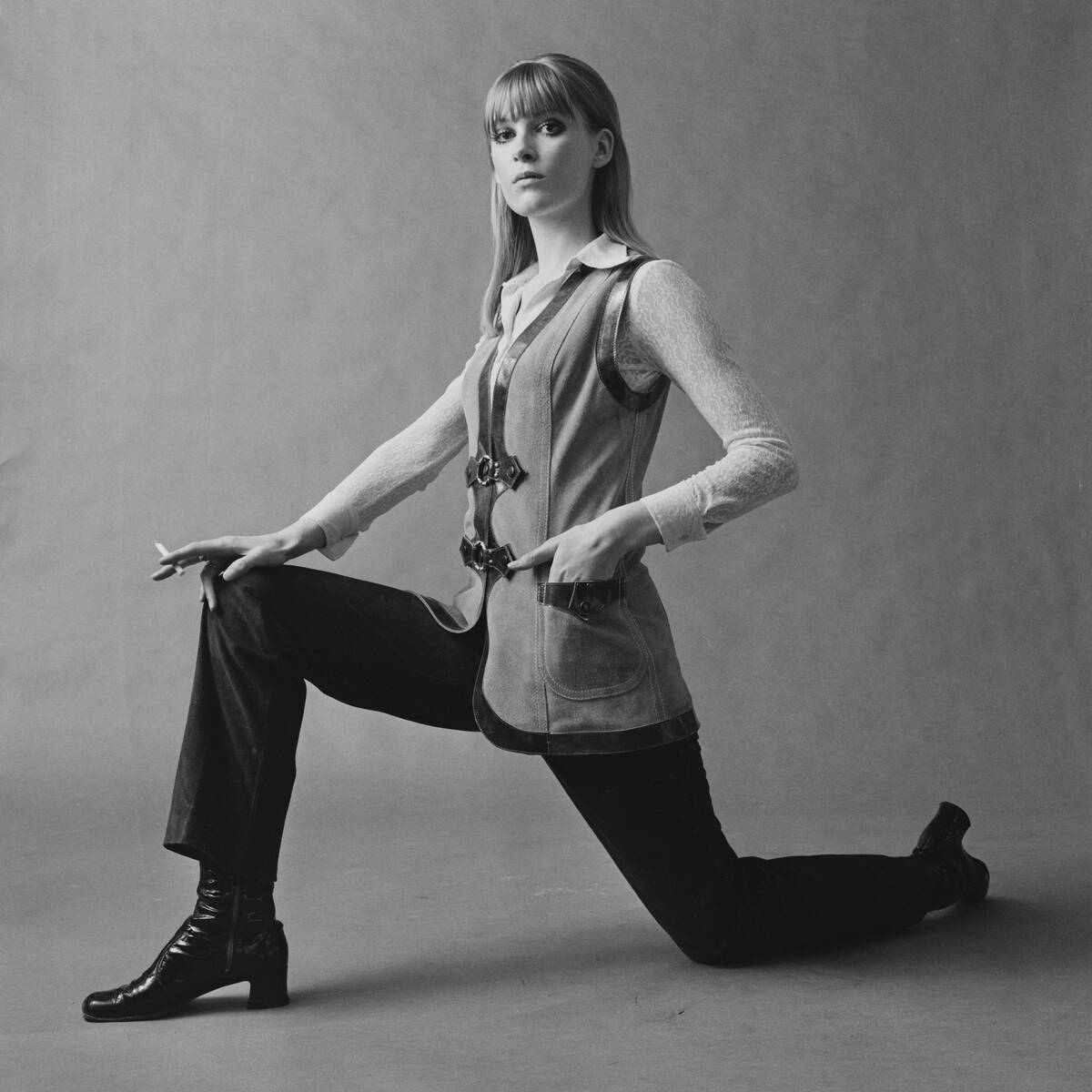
Leather and lace created a striking contrast in ’60s fashion, combining edgy and delicate elements. Designers like Yves Saint Laurent embraced this paradox, crafting garments that balanced toughness with femininity. Leather jackets and skirts were often paired with lace blouses, creating a look that was both daring and romantic. This juxtaposition of textures and styles allowed for creative expression, making leather and lace a timeless combination that continues to inspire modern fashion.



